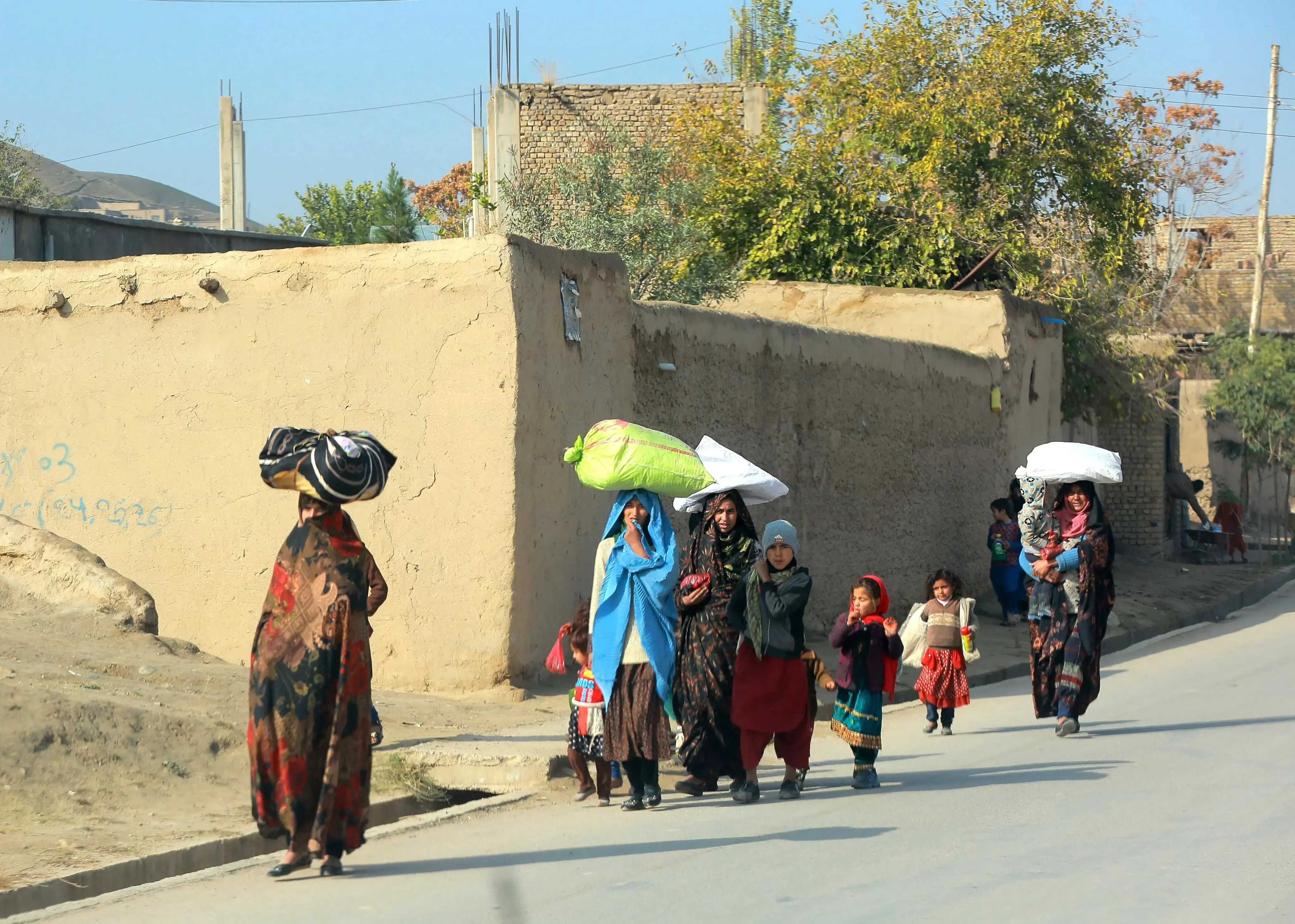It has been a UNFPA priority since 2010 to provide funding, equipment, capacity-building and technical support in planning, collecting, analysing and processing survey and Geographical Information System data. By supporting the institutional strengthening of the Central Statistics Organization (CSO), UNFPA plays a major role in strengthening the essential state function of enumerating the population and disaggregating data by gender and other key attributes in Afghanistan's young democracy.
Household Listing
The first success of the partnership between CSO and UNFPA was the household listing produced in Bamiyan in 2010, which is being rolled out to other provinces. It mapped every house, establishment and institution in every village, and was an invaluable guide both for the Socio-Demographic and Economic Survey (SDES) and other surveyors, as well as for humanitarian action planning at the local level.
Population Situation Analysis
The Government of Afghanistan and UNFPA also collaborated on a Population Situation Analysis which informs the UN Development Assistance Framework guiding international support to Afghanistan.
Socio-demographic and Economic Survey
In 2011, the Central Statistics Organization of Afghanistan began a historic survey of Bamiyan province with technical support from UNFPA and financial contributions from the Governments of Japan and Denmark. Intended to provide the local level data so desperately needed by the government and development and humanitarian programmes, the provincial-level SDES was an innovative means of addressing the population data gap left when the national census of 2008 was postponed indefinitely.
The SDES itself required a massive province-wide effort to identify and train men and women as enumerators, at an estimated cost of US$ 3.36 per capita. The Bamiyan SDES was published in 2012 as the first socioeconomic and demographic survey conducted using modern methods in the country, and provided vital planning data such as accurate literacy rates: for the first time, it is known that 38 percent of people over 10 are literate in Bamiyan, but this rate is twice as high among males than it is among females.
The CSO and UNFPA intend to ensure that all provinces of Afghanistan have a complete and up-to-date SDES by 2018, so that future planning can be developed on the basis of robust and technically sound data.
Completing the SDES in Bamiyan, Ghor, Daikundi, Kabul, Parwan and Kapisa required the collaborative efforts of thousands of trained field workers including 104 surveyors, and 1,372 cartographers and assistant cartographers.


